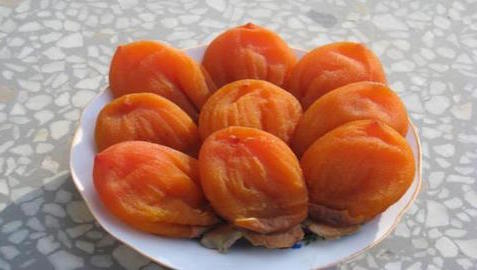Removal of pesticide residues on the surface of vegetables and fruits
Couple to remove pesticide residues on the surface of vegetables and fruits After applying pesticides, pesticides and metabolites, degradants or derivatives remaining on the surface of vegetables and fruits and vegetables and fruits are collectively called pesticide residues.

China has promulgated GB2763-2005 "Maximum Residue Limits of Pesticides in Food" stipulating the residue limits of 136 pesticides. Before we eat vegetables and fruits, we must remove pesticide residues on it to the greatest extent.
(1) Peeling: Vegetables and fruits that can be peeled or peeled should be peeled and cooked and eaten as much as possible.
(2) Soaking and washing: Mainly used for leafy vegetables, such as spinach, spinach, leek, lettuce, cabbage, etc. Generally, the surface contaminants are rinsed off with water first, and then soaked in clean water for no less than 10 minutes. Vegetable and fruit cleaning agents can promote the dissolution of pesticides, so a small amount of vegetable and fruit cleaning agents can be added during soaking. After soaking, rinse with water at least 2 to 3 times.
(3) Place at room temperature: Place the vegetables in a ventilated place for 2 to 3 days. After the pesticides are applied to vegetables and fruits, their residues will decrease with time, and gradually decompose into substances that are harmless to humans. Therefore, fruits and vegetables that are easy to preserve can be stored after a certain period of time and then eaten to reduce pesticide residues. This method is applicable to non-perishable fruits and vegetables such as apples, kiwis and winter melons.
(4) Scalding in boiling water: Some vegetables have many gaps and angles, which are likely to cause pesticide residues, such as celery, spinach, cabbage, green pepper, cauliflower, beans, etc., you can first wash the surface contaminants with clean water Clean, then put in boiling water for 2 to 5 minutes to remove more than 90% of residual pesticides. The pesticides used in vegetables and fruits are mainly divided into four categories: organochlorine pesticides, organophosphorus pesticides, carbamate pesticides, pyrethroid pesticides. These pesticides decompose faster under high temperature and ventilation conditions, and will also reduce toxicity due to prolonged storage time.
Related Articles

- Can I drink tea for pregnancy
- Pregnancy is the most important event in a woman’s life. How to get pregnant smoothly and how to conceive a healthy baby is a problem that every couple and every family are very concerned a
- 2020-08-03

- What are the nutritional characteristics of nuts
- Nuts are one of the small foods that people like very much nowadays. They are rich in nutrients, high in protein, oil, minerals, and vitamins. They have excellent effects on human growth an
- 2020-08-03

- Celery leaves
- It is a habit of many people to eat celery and not to eat leaves. I think the leaves are just scraps. In fact, it is just wrong here. Almost all vegetables with leaves have a common featur
- 2020-08-03

- Is a cookie a nutritious food
- Biscuit is the most common snack food, but if it is said that biscuit is not nutritious, it seems to have aggrieved it. Every food has nutrients, even instant noodles or biscuits.
- 2020-08-03

- How to make a quick nutritious breakfast
- People often say that eating like an emperor for breakfast, like an aristocrat for lunch, and like a beggar for dinner will be healthier. How can I prepare a nutritious breakfast in 15 min
- 2020-08-03

- Can gout drink alcohol?
- Patients with gout should drink more water than wine. Gout diet is stricter, and even exceeds the dietary contraindications of diabetes, hypertension and high blood fat. Strict dietary tabo
- 2020-08-03
